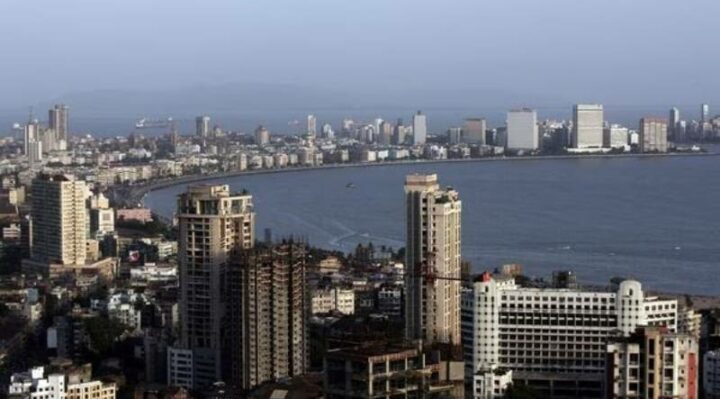
According to a recent study by renowned property adviser Knight Frank India, Ahmedabad is the most cheap place to live in India.
The EMIs a resident of a city must pay if they purchase a home with a home loan are divided by the average family income in that city to determine the affordability index, which was provided by Knight Frank.
The Knight Frank Affordability Index shows how much income a household needs to bring in each month to pay the EMI on a housing unit in a specific city. Therefore, a city with a Knight Frank Affordability Index level of 40% means that households there must spend, on average, 40% of their income to pay the monthly installments on a home loan for that unit.
As the threshold beyond which banks rarely underwrite a mortgage, an EMI/Income ratio of more than 50% is seen as unaffordable.
Mumbai has the most costly housing market.
A typical household must spend more than half of its salary on mortgage payments in Mumbai because the city’s home loan EMI to income ratio is a staggering 55%.
The second most costly city is Hyderabad, with an EMI to income ratio of 31%.
The third-placed region is the Delhi National Capital Region, where home loan EMIs cost 30% of your salary.
With an EMI to income ratio of 28%, Chennai and Bengaluru in Tamil Nadu tie for second place. Next, an ordinary household in Pune, Maharashtra, must pay home loan EMIs equal to 26% of their income. In West Bengal, Kolkata has the same rate.
Finally, Ahmedabad in Gujarat, where an average household must pay 23% of their income for home loan EMIs, is the most affordable Indian city to live in. This index has taken into account a fixed dwelling size across cities, a loan period of 20 years, and an 80% loan-to-value ratio.
Living in these cities has only gotten more expensive over the past year. Because the Reserve Bank of India increased its benchmark lending rate by 250 basis points since last year, these EMI-to-income ratios have increased by about 1-2 percentage points across cities. Since then, this has resulted in an average 14.4% rise in the EMI load across all cities.
Homes under 50 lakh rupees have been the category most negatively impacted. According to the research, sales in this category have decreased. This is because, according to the report, homebuyers in this segment are much more dependent on home loans than those in the mid- and premium-priced segments, making them more sensitive to rate increases. As a result, many of them are unable to afford home loans with higher EMIs, which prevents them from being able to purchase homes.
On the other hand, the mid- and premium-segment demand has regularly outperformed it. This year, sales of midrange homes—those costing between 50 lakh and 1 crore—rose to almost 59,000 units, while sales of luxury homes—those costing more than 1 crore—rose to 47,000 units.
According to the research, residential demand is also at a multi-year high, albeit it is obvious that the lower and middle income groups are suffering.
“The RBI’s extremely capable handling of the inflationary scenario has inspired confidence in the country’s economic environment,” stated Shishir Baijal, Chairman and Managing Director of Knight Frank India. This is also evident in the demand for homes, which is at a multi-year high, and for offices, which has held steady despite a global slump in office markets.
The residential market’s mid and premium categories have regularly outperformed other segments, which suggests a significant change in the fundamental structure of the industry. However, the 2.5% average reduction in affordability across markets as a result of the 250 bps increase in policy rates. Additionally, despite the market’s continued strength, further interest rate increases may have an adverse effect on homebuyers’ abilities and sentiments.


